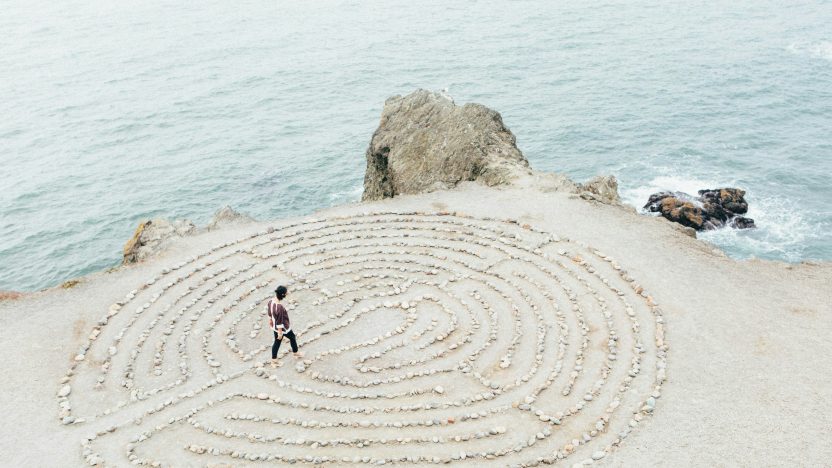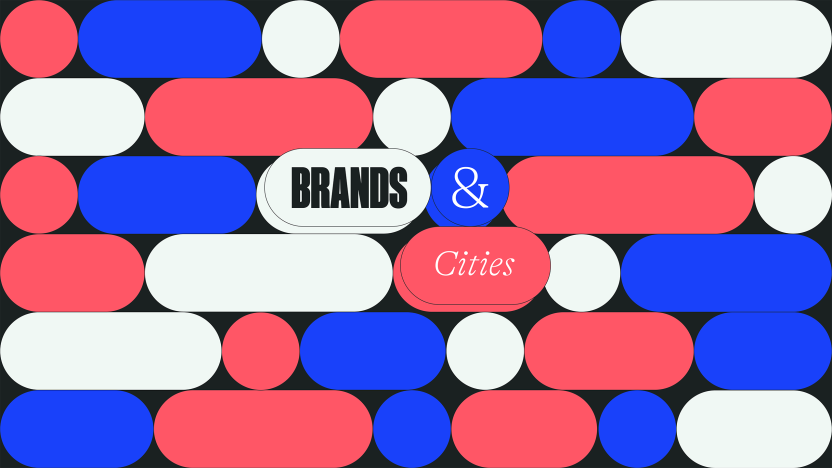The fall of beauty standards
In the last few years, the beauty industry has rebooted to serve a new generation that is hungry for authenticity and empowerment.
by Ryslaine Moulay

It was about time for inclusivity to take the beauty industry by storm. It all started in 2017, when Rihanna redefined the meaning of “nude” by launching Fenty Beauty. But inclusivity is not just about 50 shades of nude: it is about broadening the traditional definition of what it means to achieve your ideal self and promoting a spectrum of race, gender, size, validity, or age as defining what is considered beautiful.
The beauty industry that has been relying on exclusion for years, was forced to reboot in front of Millennials, or Gen Zers who are used to personalized products and services, and hungry for authenticity—at least perceived authenticity. For these empowered individuals, deconstruction of standards is a part of their process to grow, and beauty becomes a source of creative inspiration to explore their identities without any boundaries. In this context, what is “appropriate” for one’s age, position, or status becomes a flux in constant redefinition.
This new perception of beauty impacts the industry at all levels, on positioning, on products themselves, on their ingredients, on marketing material, and even on their business models.
A meaningful positioning
New beauty brands come with a clear purpose as their clients consume brand values as much as the product. A good example is Superfluid; a makeup brand born from feminist GenZ-orientated Italian media, Freeda. The vegan, toxic, and cruelty-free brand promotes gender fluidity and sells its products as playful gender-neutral tools for identity emancipation.
Self-care products
The product offering itself slips into self-care to become more inclusive. Instead of product masking flaws, a new range of brands creates products to celebrate natural beauty. Anti-ageing becomes flat-age skincare at 19/99. Foundation to cover acne also shifts to skincare at brands like Versed. Hair straightening serums are replaced with afro-textured and curly hair health specific brands like Cocunat.
Personalized formulas
Being inclusive means catering to all clients in a personalized way rather than by category, impacting the formula and ingredients. Mood-boosting brand Murad uses neuroscience to create new products and personalized services that reduce stress to improve your skin. Ellis Day looks at your microbiome to prescribe a serum that will regenerate your skin, while genomic beauty brands like My Beauty DNA or Epigencare are going one personalized step further by assessing your DNA to prescribe a product.
Authentic marketing
Beauty brands shift their marketing towards achieving confidence rather than traditional aesthetics, displaying models of all sizes and imperfections. For example, Gucci Beauty made headlines when launching an ultra-realistic campaign featuring Dani Miller shot by Martin Parr. It was a polemic to which Alessandro Michele, Creative Director for Gucci, answered that he designs “for an authentic person who uses makeup to tell their story of freedom.”
Peer-led business models
This plurality of beauty and voice means that brands no longer have a monopoly on prescriptions. Beauty communities are taking central stage. For example, the Korean beauty brand Villa de Mûrir included a YouTube recording studio inside its retail store for its clients. Baalm went further by making the community the center of its peer-to-peer beauty platform, where consumers themselves distribute products.
The new beauty isn’t defined by body shape, hairstyles, age, or skin tone standards. It becomes less of a matter of aesthetics and more about self-awareness, individuality, and personal swag. Modern beauty doesn’t ask us to come to the table without judgment. It simply asks us to presume that everyone in attendance has a right to be there.


